Skip to content
July 16, 2024 June 28, 2025
Post navigation
You’ve felt it before… that stirring in your body that says, I won’t shrink for this.
A quiet power rising. Unapologetic. Unbothered. Undeniable.
This is dark feminine energy . Not the sweet, softened version of femininity the world prefers… but the raw, magnetic current that lives beneath the surface of every woman.
It doesn’t ask for permission. It doesn’t wait for safety. It simply rises.
You might not have had a name for it before… but you’ve known its presence. The moment you stopped performing. The moment your boundaries became non-negotiable. The moment someone tried to silence you… and you didn’t flinch.
That’s not defiance. That’s remembrance.
Within you are dark feminine archetypes … forces of nature that carry ancient codes of truth, power, and reclamation. Some may already feel like old friends. Others might stir what you’ve outgrown.
Together, they form one aspect of a larger inner constellation. If you’ve explored my 12 Witch Archetypes
Each one is a mirror… a key… an invitation back to your wholeness.
🌑 Inside this article, you’ll discover…
✧ 11 potent dark feminine archetypes that live within you
✧ How each archetype expresses in modern life
✧ Real-world examples, myths, and medicine to embody your power
✧ A free reflection journal to help you integrate the energy
Here are 11 dark feminine archetypes. They’re not here to make you pleasing. They’re here to make you powerful.
🌙 Receive a Gift for Your Feminine Soul
This isn’t just a download — it’s a doorway.
“The 11 Dark Feminine Archetypes: Reflection Journal.”
Exploring 11 Dark Feminine Archetypes
1. The Witch Symbolism and Traits The Witch is not a caricature with a cauldron.
She is a keeper of ancient memory… a steward of sacred cycles…
a woman who listens to what the Earth whispers beneath the noise.
Her magic is not learned… it is remembered.
It lives in the body, in ritual, in breath, in blood.
She is the one who feels the shift in seasons before the weather changes.
She senses what’s unspoken, reads the field, and lives in rhythm with the unseen.
The Witch is not here to entertain.
She is here to remember, to restore, to reweave the sacred.
Cultural References Across cultures and centuries, the Witch emerges as both healer and heretic.
Circe of Greek mythology turned men into pigs…
not out of cruelty, but to mirror their own corruption.
Baba Yaga , the Slavic forest-dwelling crone, teaches through riddles and tests.
She holds both life and death in her hands, beyond binaries.
Even in modern tales, from Hermione Granger to The Scarlet Witch , we find echoes of this archetype… women who carry power that both transforms and unsettles.
Role and Influence
The Witch walks between worlds.
She is a liminal being… one foot in the visible, one in the spirit realm.
Her presence disrupts false order.
She doesn’t ask for approval… she answers to truth.
When the Witch awakens within a woman, she stops explaining.
She starts embodying.
And that shift is what threatens the structures that rely on her silence.
Medicine
The medicine of the Witch is this:
You don’t have to prove what you know.
You are allowed to remember.
To trust the nudges.
To live by inner flame rather than outer rules.
She offers a return to sacred rebellion…
To walk not in fear, but in remembrance.
To explore more, read:
🔮 The Witch Archetype: Feminine Power and the Fire of Transformation
🕊 Meet the Modern Priestess: Spiritual Wisdom for a New Age
2. The Seductress Symbolism and Traits The Seductress is the woman who walks into a room and owns it…
not just with her looks, but with an energy so magnetic
it could power a small city.
She is allure, charm, and the undeniable pull of desire
wrapped in confidence.
But don’t be fooled… she’s not just about red lips and slow glances.
She knows how to influence, persuade, and, when necessary, manipulate.
Not in a sinister way… but in the sense that she understands
the intricate dance of attraction and power.
Cultural References You know her.
She’s been around since ancient times…
seducing kings, warriors, and the world with a glance and a well-timed smirk.
Cleopatra had empires wrapped around her little finger.
The Sirens of Greek mythology
lured sailors to their doom with nothing but their voice.
And in modern culture?
Jessica Rabbit is the ultimate embodiment.
“I’m not bad… I’m just drawn that way.”
She might as well be speaking for the Seductress archetype itself.
Pomba Gira, a spirit of the Afro-Brazilian tradition
is another living expression of this force.
She is love, sexuality, and fierce independence.
Not a goddess to tame… but one who commands her space unapologetically.
Role and Influence
The Seductress Archetype is where power, attraction, and danger collide.
She doesn’t just embody sensuality…
she forces the world to question it.
Why is a woman who owns her allure so often feared?
Why is desire… when it belongs to a woman, seen as dangerous?
She isn’t just about romance.
She’s about confidence.
About control.
About knowing her power… and using it.
Medicine
Her gift is reminding us: sensuality is sacred.
Power and pleasure are not shameful — they are portals.
To embody this archetype is to honour desire
without using it to control or distort.
It’s about being magnetic, not performative.
And deeply rooted in your worth, not needing approval.
To explore more, visit:
The Power of Sacred Sexuality: Protecting Your Energy and Self Worth
Seduction as Power: The Dark Feminine & the Seductress Archetype
🌙 Receive a Gift for Your Feminine Soul
This isn’t just a download — it’s a doorway.
“The 11 Dark Feminine Archetypes: Reflection Journal.”
3. The Femme Fatale Symbolism and Traits The Femme Fatale is more than just a beautiful danger.
She is an enchantress cloaked in mystery.
With one glance, she can captivate.
With one move, she can change the entire course of a story.
Her name means “fatal woman”… and yet, it is not death she brings,
but the death of illusion.
Her power lies in the invitation to descent…
into desire, into the unknown, into what cannot be controlled.
She is the spell you cannot break…
the lesson that arrives as a temptation.
Often misunderstood as purely manipulative,
the Femme Fatale is actually an archetype of liberation.
She breaks the chains of expectation
and exposes what lies beneath the surface.
Cultural References From Mata Hari , the real-life spy seductress,
to Salome , the biblical dancer whose allure led to a prophet’s fall…
The Femme Fatale appears across time as a disruptor.
In film noir, she wears veils and red lips — Rita Hayworth in Gilda .
In modern culture, think Catwoman ,
whose mystery and agility defy domestication.
These are not women who wait to be chosen.
They choose.
Role and Influence
The Femme Fatale doesn’t just play with power.
She reveals its fault lines.
She calls out the dangers of unchecked desire…
not to moralize, but to awaken.
Her energy serves as a mirror.
Are you drawn to her — or afraid of the part of yourself she reflects?
She is often aligned with the Trickster.
Unpredictable, alluring, and always one step ahead.
Her medicine is not in how she seduces others…
but in how she teaches you not to be seduced by illusions.
Medicine
To alchemize this archetype is to channel sacred magnetism with integrity.
Empowerment replaces manipulation.
Deep self-worth replaces performance.
To go deeper, explore:
4. The Devouring Mother Symbolism and Traits The Devouring Mother is the shadow form of nurturance.
She begins with love… but over time, that love becomes control.
Her presence is intense… protective… consuming.
She smothers rather than supports.
She is not always cruel.
In many traditions, she is seen as sacred.
She is both the one who gives life… and the one who takes it back.
Her care becomes a cage when she confuses connection with possession.
This archetype appears in women who over-identify with caregiving.
When their power is tethered only to the role of protector…
love becomes conditional.
Guilt replaces grace.
Autonomy is sacrificed for closeness.
Cultural References This figure lives across myth and religion.
Kali from the Hindu pantheon destroys illusion and ego,
making space for truth.
Demeter in Greek mythology
withholds the harvest in grief, refusing to release her daughter.
Hecate , guardian of thresholds,
holds a similar energy. She guides through darkness…
but will not tolerate disobedience.
These archetypes remind us that maternal energy is sacred,
but when twisted by fear, it devours instead of nourishes.
Role and Influence
The Devouring Mother forces us to question the intention behind care.
Is it rooted in love… or in fear of being left behind?
Is it empowering… or binding?
This archetype often shows up in the mother-daughter relationship.
When the daughter begins to individuate, the Devouring Mother may resist the separation.
Her identity is so fused with caregiving
that she cannot release her grip.
Medicine
To heal, she must practice spacious love.
Love that empowers… not controls.
Love that watches growth… without needing to direct it.
Her medicine lies in becoming a steward,
not an owner, of the lives she touches.
5. The Destroyer (Kali energy)Symbolism and Traits The Destroyer is the one who ends what no longer serves.
She arrives when something must die, a belief, a relationship, an identity.
Her power is not cruelty.
It is clarity.
She holds the sword of transformation…
and she does not tremble when it’s time to use it.
Where others hesitate, she acts.
Because she knows that to truly create, one must first clear.
She is sacred rage.
Sacred endings.
Sacred truth… even when it shatters illusions.
Cultural References The Destroyer shows up in mythology again and again —
as the one who breaks the old so the new can rise.
Kali Ma , the fierce goddess of death and rebirth,
dances on the corpses of ego.
Inanna , in her descent to the underworld,
sheds her identities one by one, until only truth remains.
In modern fiction, think of Daenerys Targaryen ,
burning down systems that no longer serve justice.
The Destroyer does not destroy for pleasure,
she destroys for purification.
Role and Influence
This archetype often appears during spiritual initiations.
When life strips away what once felt safe…
and nothing familiar remains.
It may feel like collapse.
But she is not the collapse.
She is what walks out of the fire… reborn.
She calls women to confront what they’ve outgrown.
To face the discomfort of shedding old skins.
Not with fear… but with reverence.
Medicine
To work with the Destroyer archetype is to allow endings to be holy.
It’s the medicine of surrender.
Of courage.
Of not clinging.
She asks you to trust the void.
To honour destruction as part of the sacred cycle.
To know that even in the ashes… there is beauty.
To go deeper, explore:
Transform Your Life by Navigating the Transition Phase
When the Divine Masculine Arrives
🌙 Receive a Gift for Your Feminine Soul
This isn’t just a download — it’s a doorway.
“The 11 Dark Feminine Archetypes: Reflection Journal.”
6. The Ice Queen Symbolism and Traits The Shadow Queen is sovereign over the unseen.
She rules the inner realm… the mysteries, the subconscious, the psyche.
She holds wisdom…
but it is cloaked in silence.
She does not speak unless it matters.
She does not act unless it is sovereign.
But in shadow…
this queen becomes cold.
Detached. Calculating.
She shifts into the Ice Queen…
the one who intimidates rather than inspires.
The one who desires power for power’s sake.
In this form, she may use others’ influence to rise…
until she is strong enough to claim the throne for herself.
Cultural References You’ve met her in many forms.
Maleficent, regal and vengeful,
haunting the halls of Sleeping Beauty .
Cersei Lannister… cunning, beautiful, and brutal,
carving her place in Game of Thrones .
You’ve seen her reflected in Lady Macbeth ,
pulling strings from the shadows.
And in Queen Victoria ,
whose silent influence changed empires.
Even Ursula, the sea witch of The Little Mermaid ,
wields dark charisma and ambition wrapped in theatrical flair.
These women… mythical and real…
are not soft queens.
They are strategic ones.
Role and Influence
The Shadow Queen teaches us about power.
Not the loud, performative kind…
but the kind that shapes the room without speaking.
She reveals how leadership can become distorted…
when heart is replaced with hunger.
She insists. She claims.
She believes what she wants is hers.
And sometimes, she’s right.
But at what cost?
Medicine
To alchemize this archetype is to lead with integrity.
To let wisdom flow not just from the mind…
but from the soul.
It’s about remembering that true queens don’t rule by fear…
they rule by presence.
To remain soft in strength.
To guide with clarity, not domination.
To choose heart-led authority over ego-led control.
To explore more:
7. The Crone Symbolism and Traits The Crone is the keeper of ancient wisdom.
She is age, experience, intuition… and truth without apology.
She is not here to please.
She is here to reveal.
Often misunderstood or dismissed in a youth-obsessed culture,
the Crone archetype carries the frequency of endings and deep sight.
She sees through illusion.
She knows what is coming.
She is not always gentle.
But she is always honest.
Cultural References The Crone appears across myth and tradition as the sacred elder.
In the Triple Goddess model of Maiden, Mother, Crone ,
she is the final and most potent stage…
associated with the waning moon, winter, and completion.
In Celtic lore, the Cailleach is a crone goddess of storms and sovereignty.
A fierce protector of the land and seasons.
In fairy tales, the Crone shows up as the wise old woman or witch in the woods —
like Baba Yaga, feared and revered for her deep knowing and fierce demands.
Even in modern culture, you’ll find echoes of her in characters like
Professor McGonagall ,
stern yet deeply wise, the kind of elder who sees through you.
Role and Influence
The Crone’s power is not loud… it is rooted.
She holds the truths that others fear.
She walks alone, not because she is unloved,
but because she no longer needs approval to feel whole.
She governs initiations.
She guides death and rebirth.
She midwives transformation not through emotion, but through insight.
Her silence teaches.
Her presence awakens.
Medicine
The Crone teaches us how to become whole through release.
To embrace solitude without loneliness.
To live from inner knowing instead of external praise.
Her medicine is one of reverence for time,
and trust in what can only be learned through lived experience.
To walk with the Crone is to honour your own cycles…
and to begin listening to what only stillness can reveal.
To go deeper, explore:
8. The Sorceress Symbolism and Traits The Sorceress is the woman who remembers.
She carries ancient codes within her… spells, symbols, and sight.
Her power doesn’t come from the mind… it comes from the unseen.
The Sorceress is the weaver of timelines,
a mistress of energetic architecture,
and a channel of spiritual technologies.
She doesn’t chase… she conjures.
She doesn’t control… she co-creates.
She holds a magnetic presence, often felt before she even enters the room.
The world bends subtly around her because she is rooted in what cannot be explained.
Cultural References The Sorceress has appeared across cultures and eras
as the priestess, the oracle, the spellcaster, the seer.
From Circe in Homeric myth,
who transformed men into animals with a whisper,
to Morgan le Fay ,
the enchantress of Arthurian legend…
She is the one whose power doesn’t follow the rules
because it comes from a deeper law.
In modern archetypes, think of The Scarlet Witch ,
whose emotional truth becomes her magical strength.
Role and Influence
The Sorceress represents creative mastery and deep self-trust.
She doesn’t seek permission… she embodies transmission.
She may be feared, especially by those who need proof.
But her proof is in the results she manifests…
through intention, vibration, and clarity.
She’s often misunderstood as “too much”
too powerful, too mysterious, too free.
But she’s not here to shrink.
She’s here to awaken others to what’s possible when we reclaim our own spiritual sovereignty.
Medicine
The Sorceress calls us back into sacred responsibility.
To stop leaking energy.
To stop apologising for our inner knowing.
To walk with integrity… in alignment with the unseen laws of the Universe.
Her medicine is remembering that manifestation is not just mindset —
it’s frequency.
To explore this further, read:
9. The Shadow Muse Symbolism and Traits The Dark Muse doesn’t inspire with sweetness.
She stirs with shadow… provokes with presence…
and wakes the parts of you you’ve buried.
She is magnetic, mysterious, often misunderstood.
Her power lies in what she evokes , not what she offers outright.
She is not the passive muse of soft sonnets…
She is the chaotic spark behind obsessions, awakenings, and revolutions.
The Dark Muse activates creative fire,
but does not stay to comfort it.
She dances with duality… beauty and pain, ecstasy and sorrow…
and invites you to create from your rawest truths.
Cultural References You’ve seen her in myth and modernity…
as Persephone , goddess of the underworld and spring…
as Helen of Troy …
as Frida Kahlo ,
whose pain became brushstrokes of sacred rebellion.
The Dark Muse is everywhere in art, music, and film…
but rarely claimed by name.
She often appears as the unforgettable woman behind a man’s greatest work…
or the creator who becomes the art herself.
Role and Influence
The Dark Muse seduces, yes…
but not for approval.
She seduces to awaken.
To break you out of the polite, the performative, the surface-level safe.
She stirs longing.
Longing becomes vision.
Vision becomes creation.
Whether through her silence, her sorrow, or her sensuality…
she challenges you to go deeper.
Not everyone can handle her medicine.
Because her presence doesn’t flatter… it mirrors.
Medicine
To embody the Dark Muse is to stop diluting your truth.
She teaches that your pain can be poetry.
That your complexity is not a flaw… it is the gateway to your genius.
She invites you to inspire others by being fully you .
Not palatable. Not pleasing. But real .
Her medicine is permission.
To be the art and the artist.
The prayer and the provocation.
To explore her in greater depth, visit:
🌙 Receive a Gift for Your Feminine Soul
This isn’t just a download — it’s a doorway.
“The 11 Dark Feminine Archetypes: Reflection Journal.”
10. The Warrior Symb olism and Traits The Warrior is fire and edge.
She is the woman who doesn’t flinch when the world trembles.
She rises… even when bruised.
She protects… even when weary.
Her strength is not born from brute force
but from resilience carved through pain.
She walks through battlefields…
not just in the outer world
but through the inner wars of worth, voice, and survival.
The dark feminine Warrior is not a savior.
She is a liberator.
Her power is in boundary.
Her love is fierce.
Her anger… sacred.
Cultural References Think of Artemis , the wild goddess of the hunt,
a protector of the vulnerable and an enemy of domination.
Or Joan of Arc ,
who heard divine voices and led armies with unshakable courage.
You’ll see her in Furiosa from Mad Max ,
or Okoye from Black Panther — devoted, powerful, uncompromising.
She is the sword that remembers what it was forged for.
Role and Influence
The Warrior teaches you how to stand for what is sacred.
She calls for justice, truth, and self-honour.
But in shadow, she forgets softness.
She can carry too much.
Fight too long.
Lose sight of the deeper why.
Her strength becomes armour
and tenderness becomes a forgotten language.
Medicine
Her healing lies in surrender that isn’t weakness…
but wisdom.
To know when to fight
and when to rest.
To guard not out of fear
but from reverence.
To turn her power inward…
not to destroy
but to protect the self that once felt powerless.
For deeper reflection, read:
11. The Trickster Symbolism and Traits The Trickster is chaos in a velvet cloak.
She is laughter in the dark, wisdom in disguise.
She doesn’t break the rules for fun…
she bends them to expose what’s false.
Her power is unpredictable.
She reveals what’s hidden through reversal, through inversion,
through making you question everything you thought you knew.
She’s the part of you that shapeshifts to survive
but also to outwit the forces that would control you.
The Trickster archetype is playful, clever, and often misunderstood.
She doesn’t show you what you want to see
she shows you what you’ve avoided.
Cultural References In mythology, she shows up everywhere.
Lilith who refused to submit.
Loki from Norse myth who disrupted order to reveal truth.
Eshu in Yoruba tradition — the divine messenger who speaks in riddles, not to confuse but to awaken.
In pop culture, think of the complex feminine chaos of characters like Harley Quinn
or the cunning charm of Delilah in You .
She dances at the edge of morality
not to rebel
but to reveal.
Role and Influence
The Trickster disrupts.
She’s not here to soothe.
She’s here to expose the games.
She’s the one who laughs when you cling to control
because she knows what happens when you let go.
In shadow, she can become manipulative…
spinning webs for sport, not wisdom.
But when integrated, she teaches discernment.
She shows you how to see through illusion
without losing your heart.
Medicine
To alchemize the Trickster is to honour paradox.
To let truth arrive through mischief,
and to learn that not everything sacred has to be serious.
She reminds you to question everything…
even yourself.
To reclaim this energy, read:
Conclusion The dark feminine archetypes offer a rich tapestry of traits and stories that challenge traditional views of femininity. By understanding these archetypes, we can appreciate the depth and complexity of the feminine psyche and the power inherent in embracing both the light and shadow aspects of our nature.
Explore more on related topics with these articles:
By diving into these resources, you can deepen your understanding of the powerful, mysterious, and transformative aspects of femininity and how they manifest in various archetypes.
About the Author Claire is a writer, intuitive healer, and mystic weaving the feminine through story, ritual, and lived experience. Through her blog she shares sacred insights on spiritual growth, personal power, and the soul’s deep remembering. Her work is rooted in Earth wisdom, emotional depth, and the kind of tenderness that transforms. She believes magic is not something we find, but something we uncover within ourselves.
Please follow and like us:
Post navigation
Enjoy this blog? Please spread the word :) 
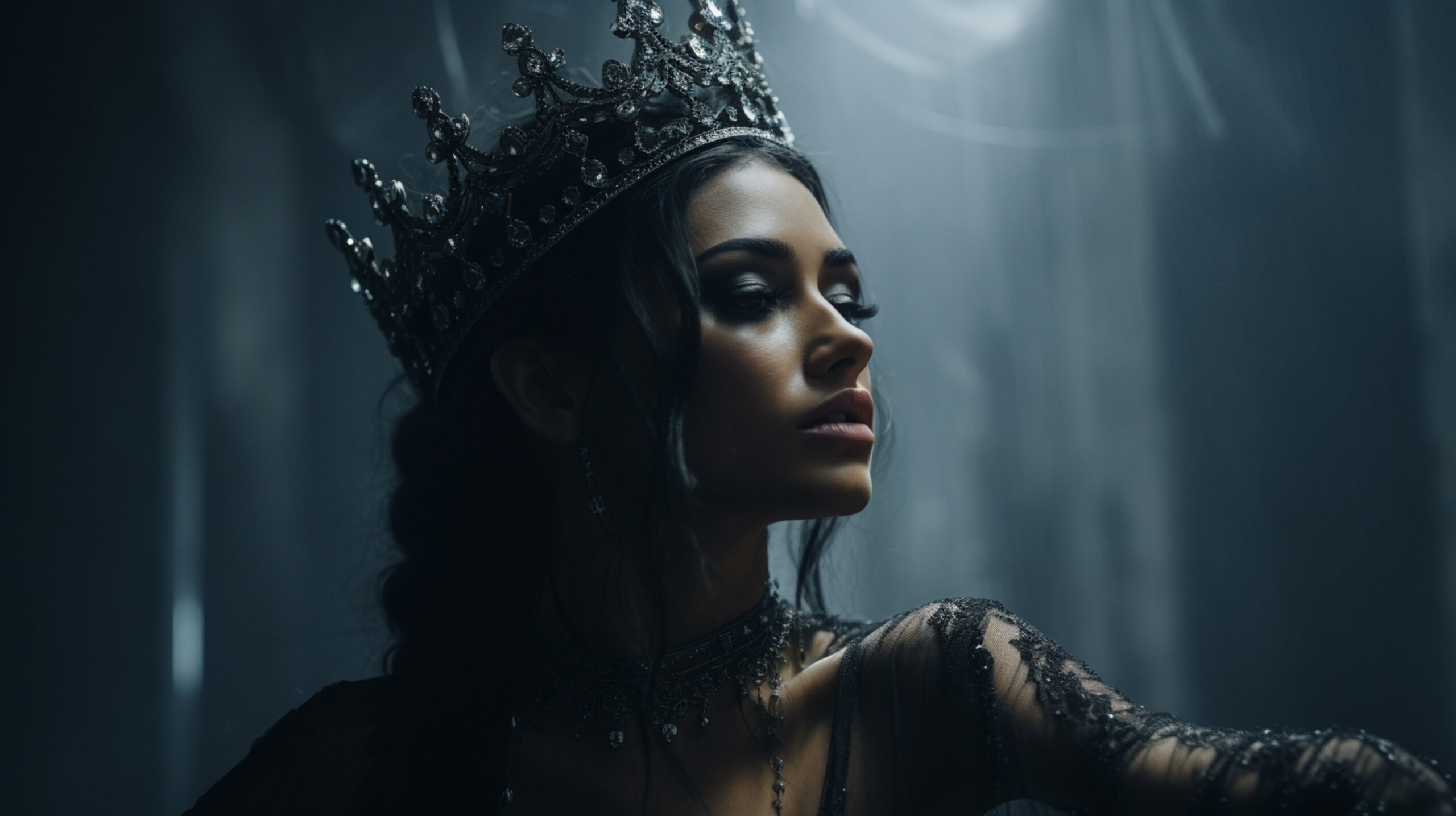
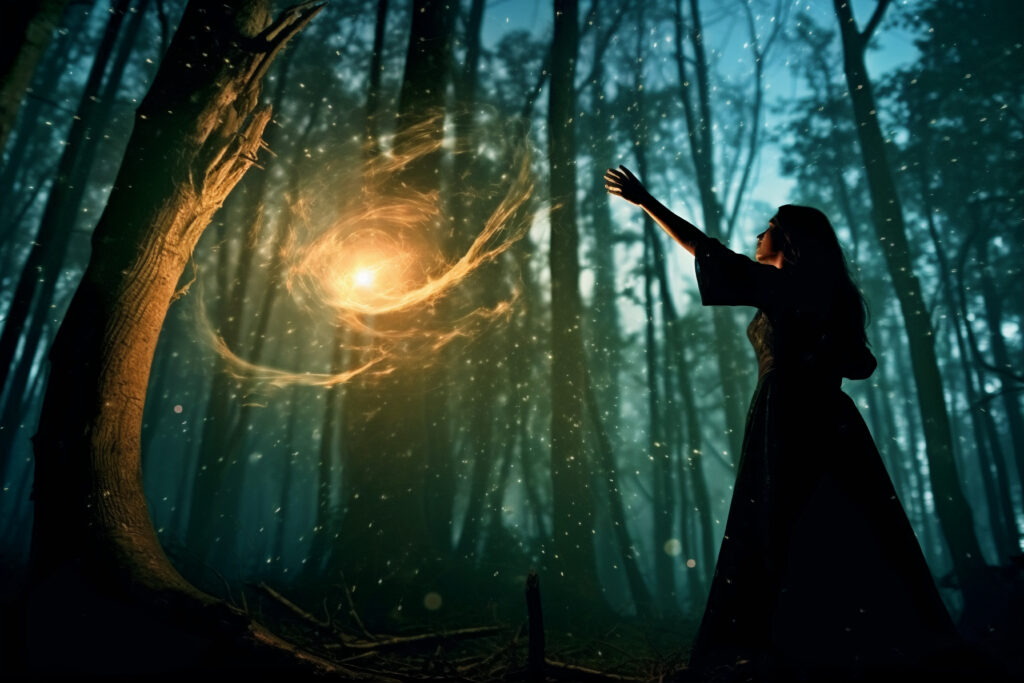
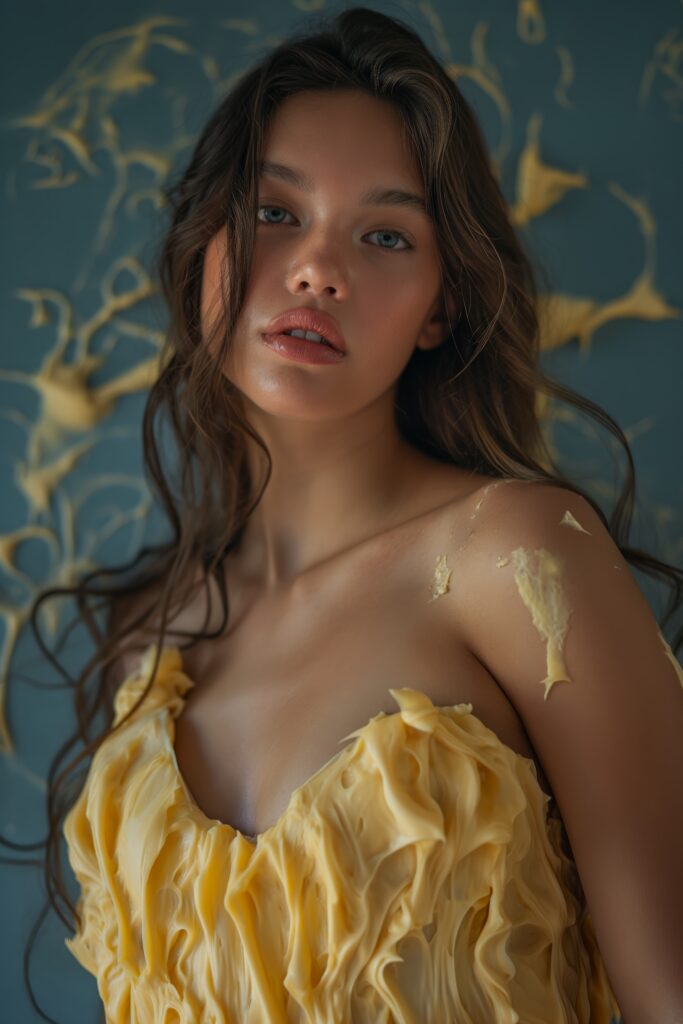
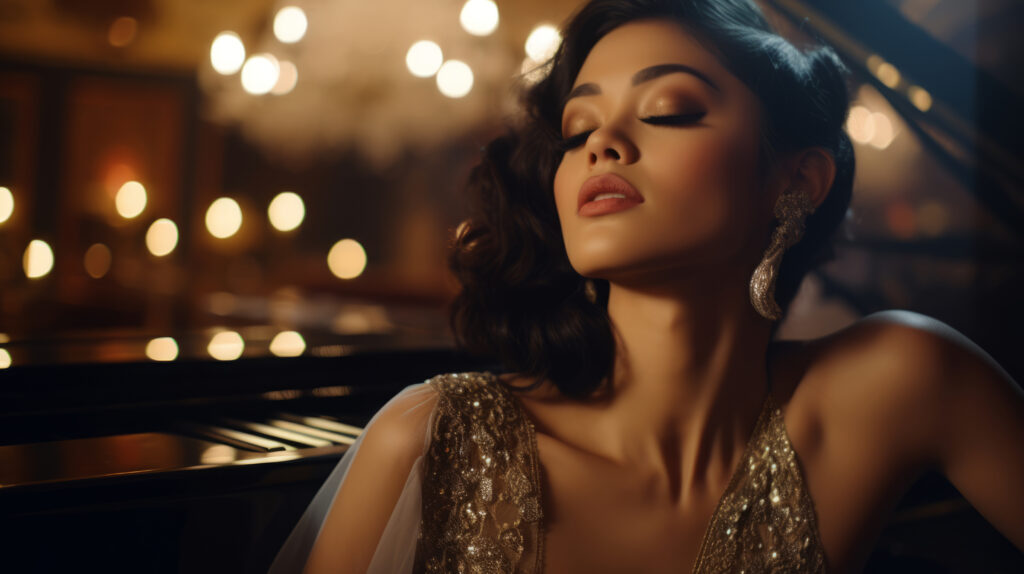
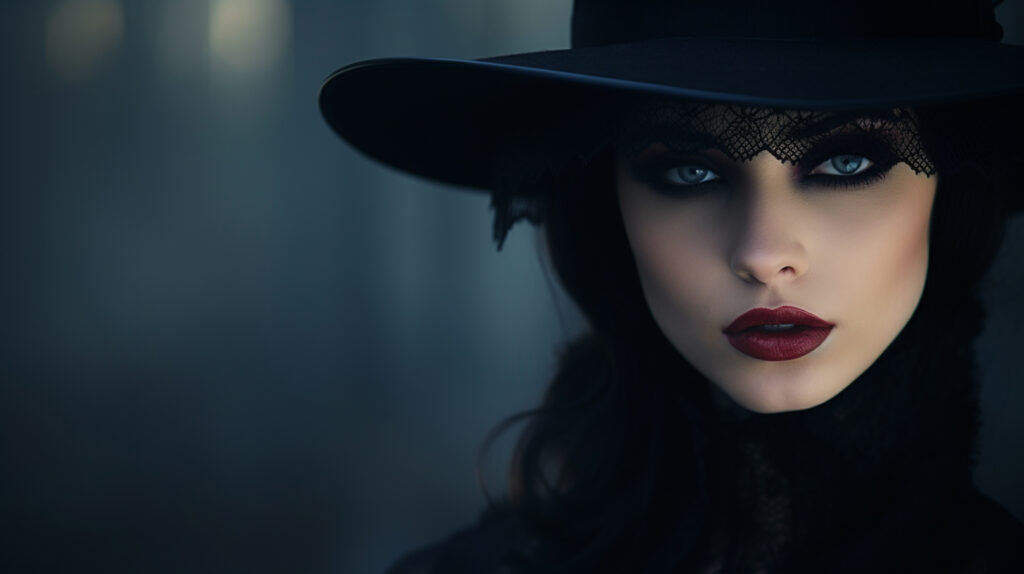

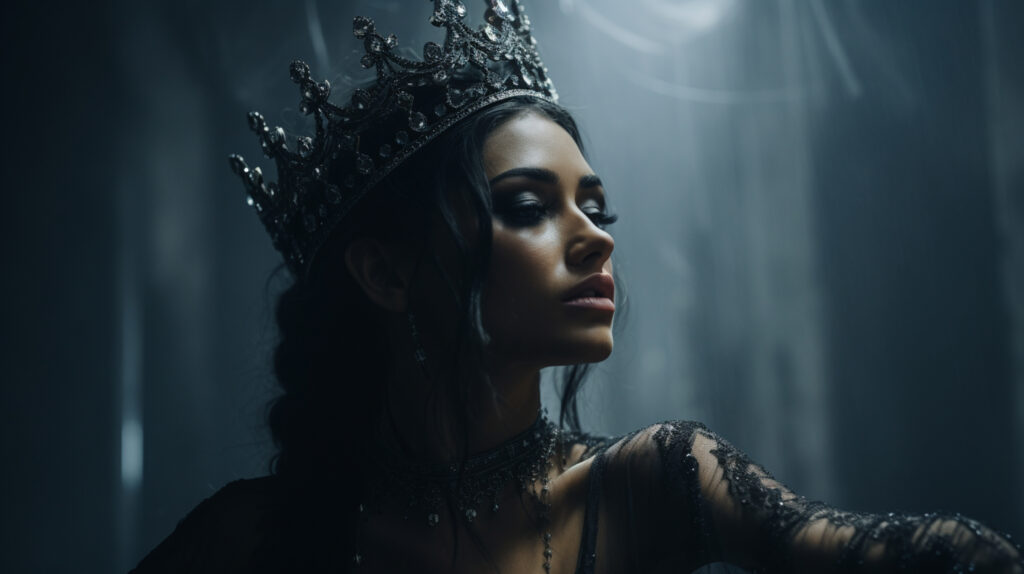

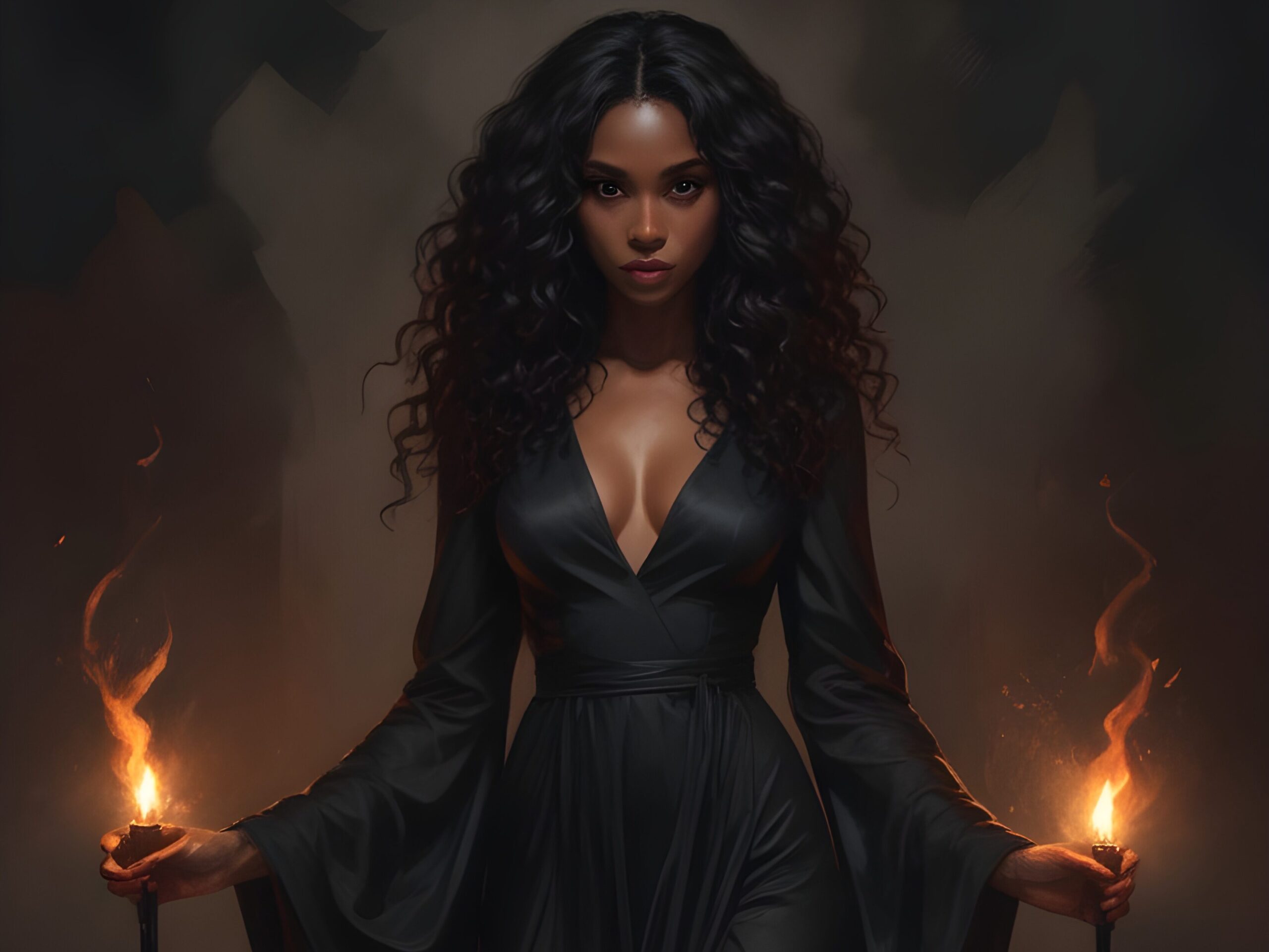

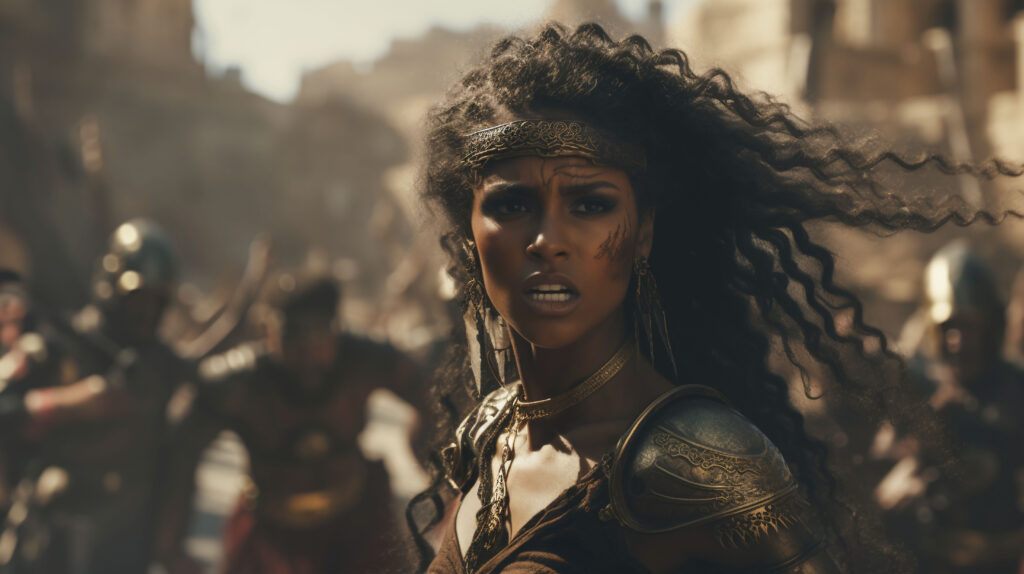
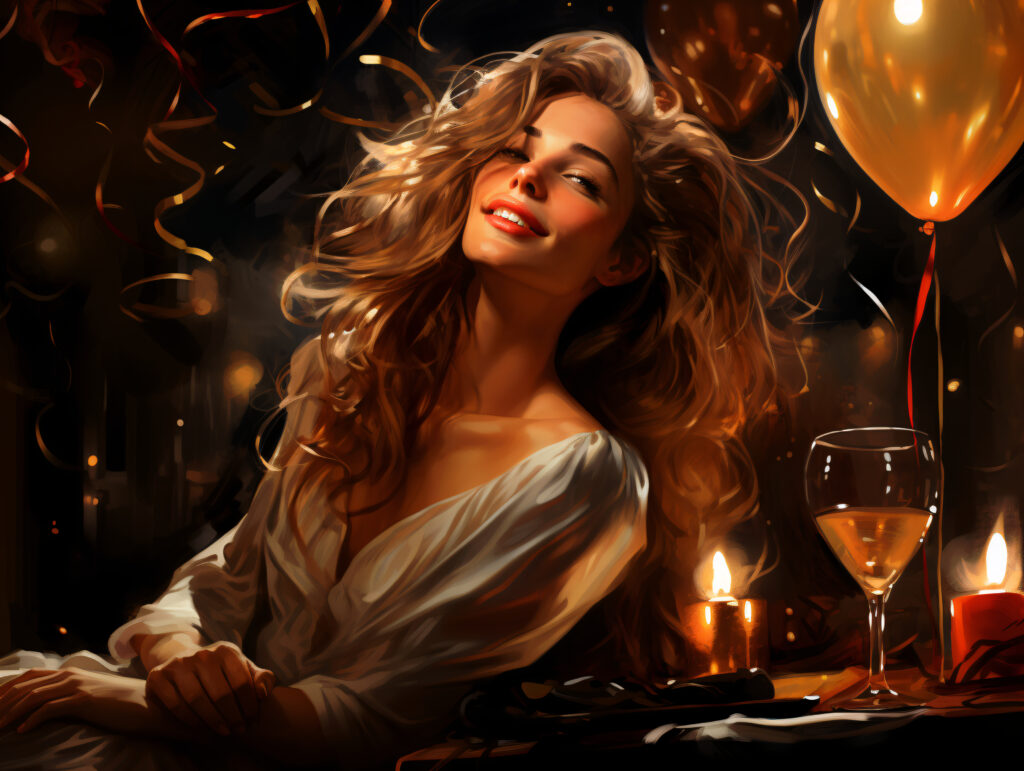



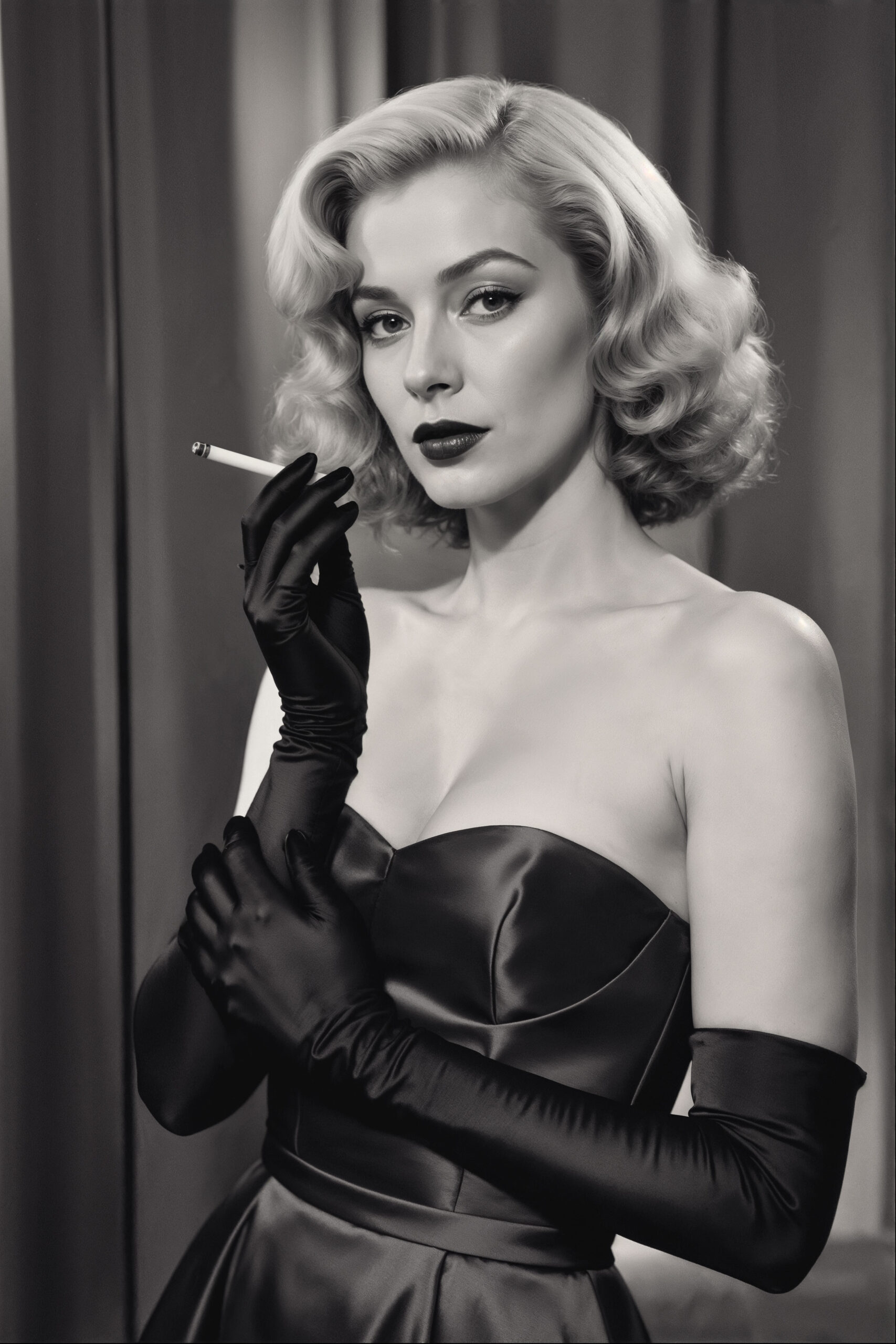

7 Comments